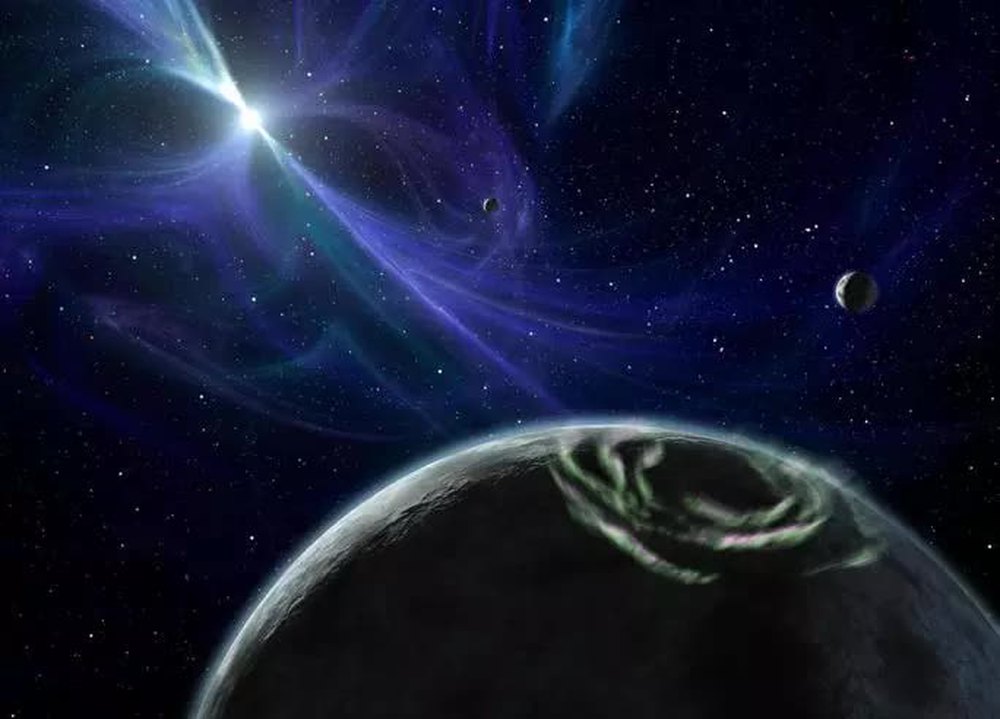B1257 + 12 is a star system with 3 planets, suspected to have at least 1 that has a mass approximately equal to Earth. The 3 planets orbiting the parent star B1257 + 12 are the first exoplanets (planets outside the solar system) that humanity identified – in 1992.
As science continues to discover more exoplanets, the uniqueness of B1257 + 12 has gradually been revealed. The very way they exist is quite strange: B1257 + 12 is a pulsar, a type of extremely powerful neutron star.

Neutron stars are objects from the “other world”: They are dead. They are remnants of a giant star that has exploded and collapsed into something tiny. To this day, how the planets survive the explosion, or are formed from neutron stars after the explosion, remains unclear.
According to SciTech Daily, the value of the discovery made 30 years ago has been “upgraded” through new research led by the University of Manchester – UK.
Surveying over 800 pulsars, they realized that a system like B1257 + 12 is extremely rare. The likelihood of an Earth-mass planet being formed around a pulsar is only 0.5%, not to mention that 1 of these 3 planets may even be smaller, with a mass equivalent to the Moon.
And they are also treasures in the literal sense: They are indeed rocky planets similar to Earth, but because they orbit a pulsar, they cannot form in the usual way, primarily being composed of diamond.
The vast dataset of over 800 pulsars from the Jordell Bank Observatory that Manchester scientists studied also reveals a series of other bizarre pulsar systems. Some host planets with masses 100 times that of Earth with orbits ranging from 20 days to 17 years. Most of them have elongated elliptical orbits rather than being nearly circular like the planets in the solar system.
Among these 800 pulsar systems, scientists have filtered out 10 potential research subjects, promising to open up “other worlds” beyond imagination.
Among them, they are particularly “nurturing” one star system named PSR J2007 + 3120, with the potential to contain at least 2 rocky planets with masses several times greater than Earth, with orbital periods ranging from 1.9 to 3.6 years.